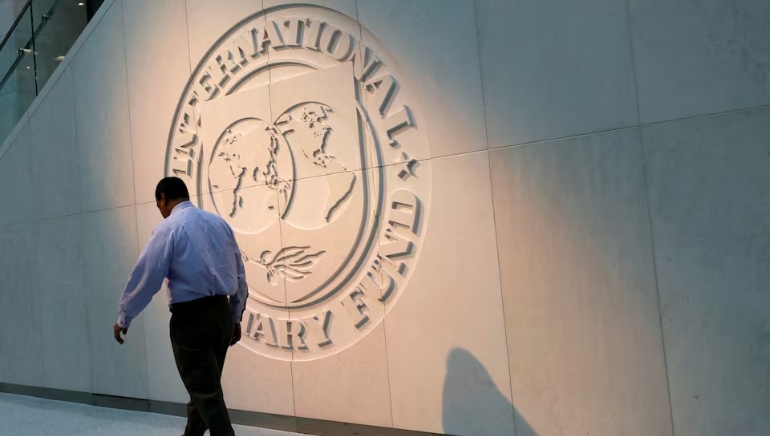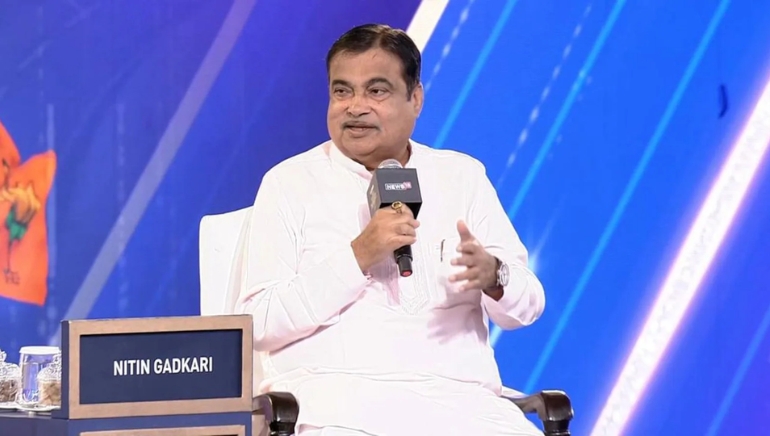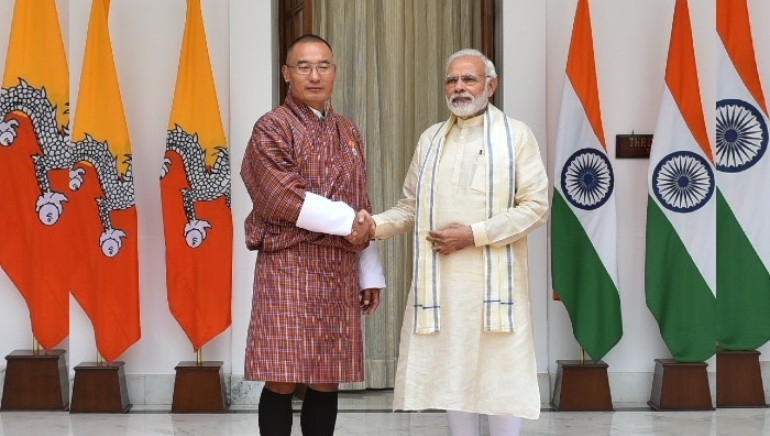On Monday, the International Monetary Fund (IMF) announced that its staff had reached an agreement with authorities from Ivory Coast regarding a review of two lending programmes. This agreement sets the stage for the disbursement of $574 million, pending approval by the IMF’s executive board.
According to the IMF, Ivory Coast has performed satisfactorily under its $3.5 billion Extended Fund Facility (EFF) and Extended Credit Facility (ECF) programme, as well as the $1.3 billion Resilience and Sustainability Facility (RSF) programme.
IMF Mission Chief Olaf Unteroberdoerster stated in a press release that the authorities and staff have agreed on key policy parameters. These include implementing further revenue-based fiscal consolidation measures to reduce the fiscal deficit to 3% of GDP by 2025. Additionally, other priorities include structural reforms aimed at strengthening domestic revenue mobilisation, public financial management, and governance.
He emphasised that, despite facing a challenging external environment, the Ivory Coast economy has remained resilient. He noted that growth remained robust last year, with a decrease in inflation.
The IMF’s forecast predicts continued economic growth and estimates an expansion of 6.6% this year. This growth trajectory positions the Ivory Coast as one of the most dynamic economies in the region.























